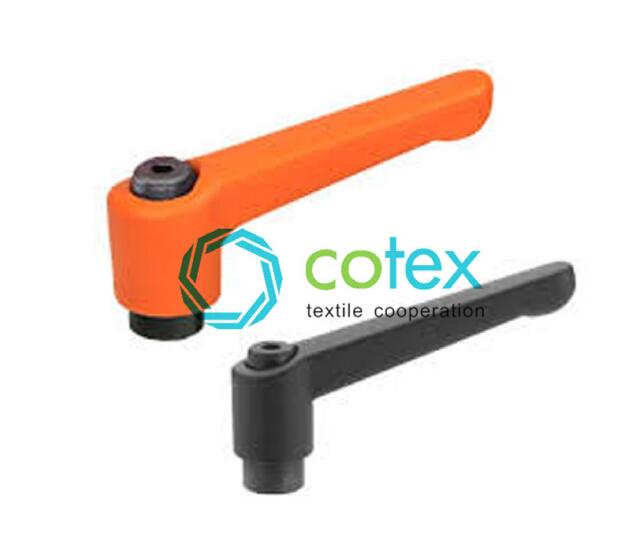The rotameter can be used in any harsh working environment due to its shatter-proof, pressureproof, temperature-resistant and corrosion-resistant characteristics.
1. Features of the product
1. Double lines LCD, showing both instantaneous and accumulated flow.
2. More stable signal output: Construction of single axis and non-touching magnetic coupling.
3. Fully metal-made body, suitable for high temperature, high pressure and corrosive media.
4. Can be used even in flammable, explosive and harsh working environments.
5. Power supply: Two-wire system, battery and AC for selection
6. With functions of data recovery, backup and power failure protection
7. New design for less pressure loss.
2. Technical data
| Measure range | Water (20ºC) 6L to 200000L/h, Air (0.1013MPa 20ºC) 0.05m3 to 4000m3/h |
| Ratio of measuring range | 10:1 for standard,  20:1 for special |
| Accuracy | 1.5 for standard, 1.0 for special |
| Temp of mediums | -80ºC to 120ºC for standard type, 400ºC for high temperature type, ≤85ºC for PTFE lining type |
|  Temp of working environment |
 -40ºC to 120ºC |
| Viscosity of mediums | DN15: η≤5mPa.s(F15.0-F15.4) η≤30mPa.s(F15.5-F15.9) DN25:η≤250mPa.s DN50-DN150:η≤300mPa.s  |
| LCD display | LCD display with backlight can show instantaneous flow, accumulated flow (positive, negative and net), velocity, working status and etc. |
Warp knitting is a type of knitting that involves the use of multiple needles to create a fabric. This process requires specific tools to ensure the needles are properly aligned and the fabric is created with precision. Here are some of the most common tools used in warp knitting:
1. Needle Plier: This tool is used to hold and manipulate the needles during the knitting process. It is important to have a good grip on the needles to ensure they are properly aligned and the fabric is created with precision.
2. Threading Comb: This tool is used to thread the yarn through the needles. The comb has multiple teeth that help guide the yarn through the needles, ensuring that each needle is threaded properly.
3. Warp Beam: This is a large cylinder that holds the warp yarn during the knitting process. The yarn is wound onto the warp beam before it is threaded through the needles.
4. Tension Device: This tool helps to maintain the tension of the yarn as it is fed through the needles. The tension device ensures that the yarn is not too loose or too tight, which can affect the quality of the fabric.
5. Warping Board: This tool is used to measure and wind the warp yarn onto the warp beam. The warping board has a series of pegs that are used to measure the length of the yarn and ensure that it is wound onto the warp beam evenly.
6. Sinker Bar: This tool is used to hold the fabric down as it is being knitted. The sinker bar helps to ensure that the fabric is created with the proper tension and that the needles are aligned correctly.
Overall, these tools are essential for creating high-quality warp knitted fabrics. They help to ensure that the needles are properly aligned, the yarn is threaded correctly, and the tension is maintained throughout the knitting process.

Warp Knitting Tools,Needle Plier For Knitting Machine,Threading Comb Of Machines,Adjustable Handles Of Knitting Machine
suzhou cotex international Co.,Ltd , https://www.cotexmill.com